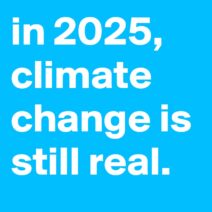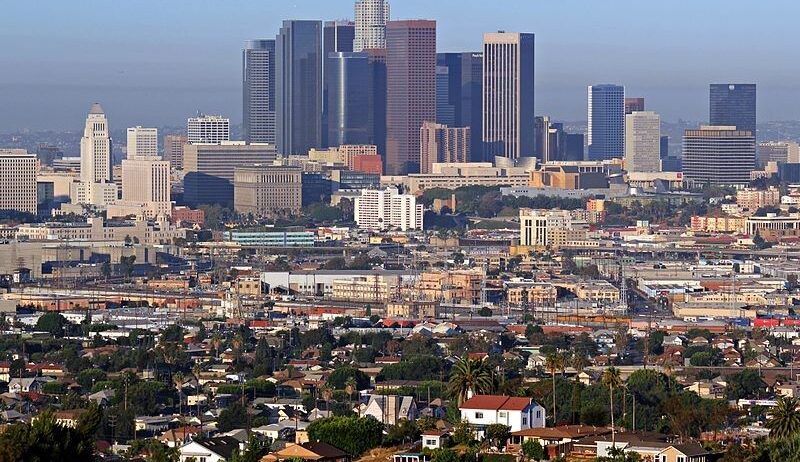Los Angeles—a city synonymous with glitz, glamour, and idyllic vistas—harbors a complex climatic tapestry woven from its geography, topography, and urban sprawl. Nestled between the Pacific Ocean and the San Gabriel Mountains, Los Angeles boasts a Mediterranean climate characterized by warm, dry summers and mild, wet winters. Yet, beneath this enviable façade lies a pressing concern: the phenomenon of urban heat islands, which exacerbate the vulnerabilities of its most marginalized communities.
The city’s climate is mainly dictated by its latitude and coastal location, providing a significant contrast between coastal and inland temperatures. When you move from the coastal zones, where ocean breezes temper summer heat, into the city’s heart, where buildings and asphalt absorb and retain heat, a stark change occurs. This phenomenon illustrates the metonymic clash of “Urban Heat Meets Coastal Cool.” An understanding of this dichotomy is paramount, especially when strategizing for climate resilience.
Los Angeles experiences an average annual temperature close to 66°F (19°C). However, this number barely captures the extremes that residents face. Within a span of miles, one can witness substantial variations. Coastal areas tend to enjoy breezier conditions, with average summer highs around 75°F (24°C). In contrast, neighborhoods farther inland, such as the San Fernando Valley, can swelter through scorching days that frequently peak above 100°F (37°C). Such dramatic temperature gradients render the very notion of a singular “Los Angeles climate” misleading—several microclimates exist, each affected by local geography, land use, and socio-economic factors.
Urban heat islands—a direct consequence of extensive concrete and minimal vegetation—exacerbate these temperature disparities. This phenomenon occurs when urban areas trap heat during the day, causing nighttime temperatures to remain elevated. The stark visual evidence lies in heat mapping, which delineates how neighborhoods vary drastically in temperature. A recent study illuminated how certain communities, particularly those with fewer trees and green spaces, experienced heat levels up to 15°F (8°C) higher than their cooler counterparts.
The implications of these issues are dire and multifaceted, extending well beyond mere discomfort. Extended exposure to high temperatures can lead to health complications, particularly among vulnerable populations such as the elderly, children, and low-income residents. Risks associated with heat stress, such as dehydration, heat exhaustion, and exacerbated respiratory issues, surge during heatwaves. Those without air conditioning or adequate shelter are placed in precarious positions, underscoring the intersection of climate and social justice.
Moreover, the ecological consequences of rising temperatures are far-reaching. Increased heat exacerbates air pollution, notably ozone concentrations, leading to more significant instances of smog. Such air quality deterioration can provoke or worsen respiratory ailments, adding a further burden on healthcare systems and individuals alike. The cyclical nature of these issues demands urgent attention, inviting questions about the sustainability of urban living amid escalating climate change.
In response to the worrisome trends, Los Angeles has embarked on several initiatives aimed at mitigating the urban heat phenomenon. Urban greening strategies, including expanding tree canopies, developing parks, and enhancing green roofs, serve as critical countermeasures. Trees, in particular, provide shade, thus lowering surface and air temperatures, while also improving air quality by acting as natural filters for pollution.
Furthermore, innovative urban planning plays an instrumental role in tackling climate-related challenges. Integrating reflective or “cool” materials into construction is statistically shown to reduce heat absorption. This kind of forward-thinking policy can transform the asphalt jungle into an environment more conducive to human health and well-being. The value of sustainable architecture cannot be understated as it promotes energy efficiency and climate adaptability.
The city is also harnessing data—advanced analytics and technological tools—to monitor temperature variations and facilitate more informed decision-making. By utilizing Geographic Information Systems (GIS) and remote sensing, city planners can pinpoint areas most at risk and tailor interventions accordingly. This data-driven approach is essential in ensuring that resources are allocated where they will have the greatest impact.
As Los Angeles continues to grapple with the implications of climate change, a cultural shift is vital. Public awareness and individual actions can augment systemic changes. Citizens play an indispensable role in urging local government to elevate climate issues to the forefront, championing policies that prioritize sustainability and equity. Initiatives such as community gardening, tree planting, and advocating for energy-efficient building practices can help galvanize collective effort.
In the face of such daunting climate challenges, the narrative surrounding Los Angeles can shift from one of despair to resilience. By taking proactive measures, the city’s future can thrive under a harmonious blend of urban vitality and environmental consciousness. Ultimately, it is through embracing the interconnections between urban heat and coastal cool—not merely as climatic realities but as elements of a broader socio-environmental fabric—that Los Angeles can become a champion of sustainable urban living.
As stakeholders—residents, city officials, and activists—continue to navigate the complexities of climate adaptation, the potential for transformation remains palpable. The juxtaposition of urban heat against coastal cool serves as a powerful reminder: we are not powerless against the forces of nature; rather, we have the agency and innovation necessary to enact meaningful change.





